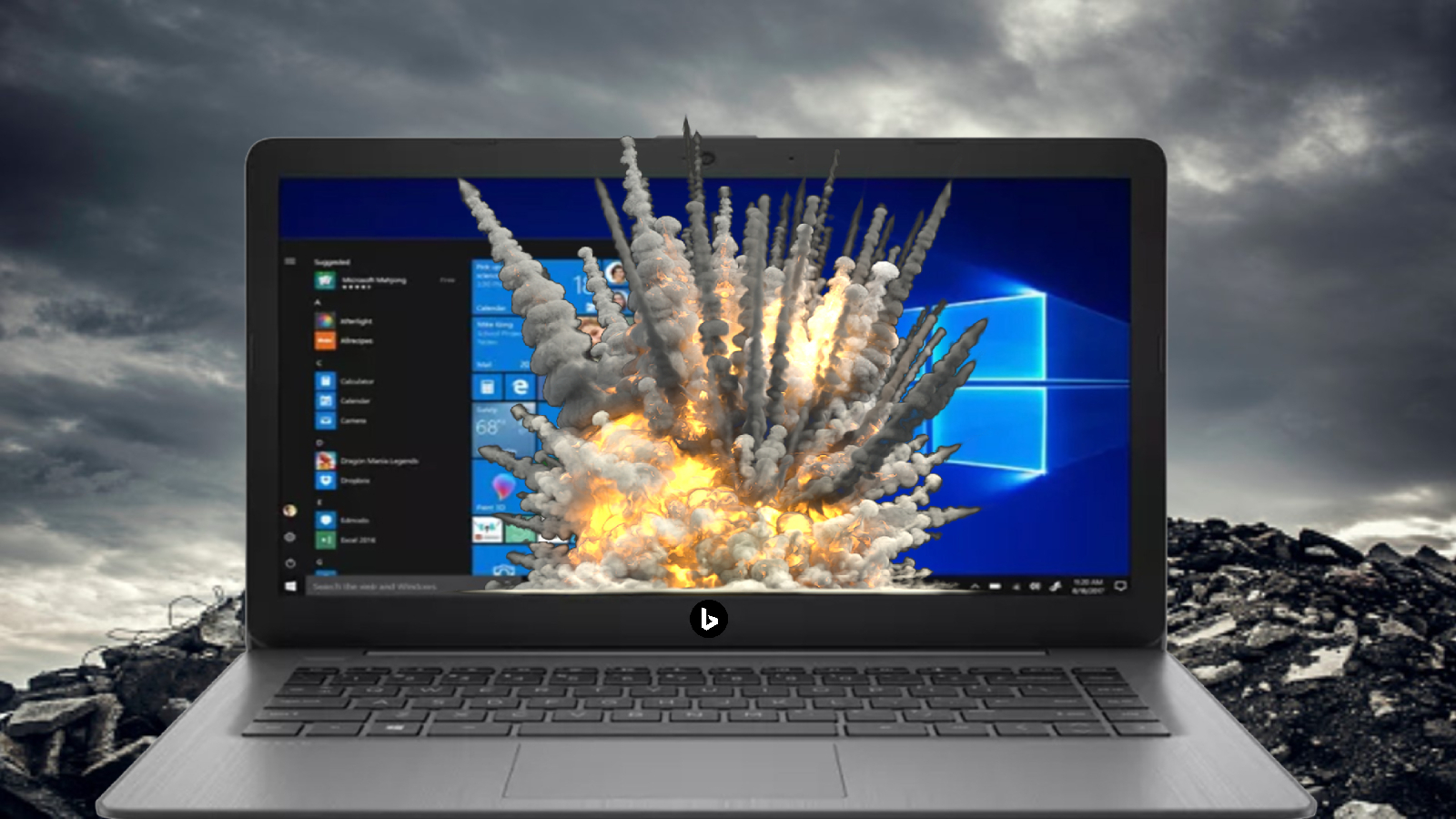

I had planned to install VMWare fusion at some point to avoid the dual boot, but haven’t sone so due to some licencing issues with some software on my Windows partition that I uncovered in the trial. I chose an ExFAT partition so I could read and write to the data partition from either the OSX or the Windows partition as I use each operating system a similar amount.

#Run exfat on mac os 9 mac osx

It removes the 4GB file size limit and the 2TB partition size limit of FAT32 drives and is generally considered a better alternative for flash storage.I run a MacBook Pro Retina (late 2013) and on my 512GB hard drive I have 3 partitions While you can only use an Apple file system like APFS and Mac OS Extended for your main system drive, another file system is also worth considering for external drives-ExFAT.ĮxFAT is an older file system from Microsoft, intended to replace the even older FAT32 file system used with Windows system drives before the switch to NTFS in Windows XP. You can format a drive with HFS+ using the macOS Disk Utility app, which you can launch from the Launchpad ( Other > Disk Utility). With that in mind, and for cross-compatibility, you may decide to use HFS+ over APFS. If you’re using an older, mechanical drive with a disk platter, those enhancements may seem largely minimal or non-existent.
#Run exfat on mac os 9 portable
Many of the speed and performance enhancements that APFS brings rely on using a high-speed SSD or portable flash memory drive. Other than functionality, however, there are still a few legitimate reasons why you’d choose HFS+ over APFS-the biggest reason depends on the type of drive you use. You’ll also need to consider Mac OS Extended if you’re using older and newer Macs together, as older versions of macOS won’t support APFS. You’ll need to use HFS+ if you plan on formatting a second hard drive or portable flash drive for use as a Time Machine backup-APFS drives won’t work. While Mac OS Extended (HFS+) is no longer the default file system for macOS installations, it hasn’t been completely abandoned by Apple, and it’s still a useful option for macOS users under certain conditions.Īs we’ve mentioned, HFS+ is the default file system of choice for macOS Time Machine backup drives. Choosing Mac OS Extended (HFS+) for Hard Drives However, for most users, APFS is the only file system they’ll need or want to use – but only if they’re (only) using modern Mac devices. If you attempt to use an APFS-formatted drive, macOS will want to format it to HFS+ before you can proceed.Īlong with APFS and Mac OS Extended (also called HFS+), you also have other file systems that can be used for external drives, including cross-platform options like ExFAT. macOS continues to use the HFS+ file system for Time Machine drives for the time being. If you back up your Mac using Time Machine, you won’t be able to use APFS, either. If you have an older Mac, you’ll need to keep using Mac OS Extended or use an alternative like ExFAT instead. The biggest downside to using APFS is that Macs with older macOS versions (macOS 10.12.6 Sierra and older) can’t read, write, or otherwise access drives that use it.


 0 kommentar(er)
0 kommentar(er)
